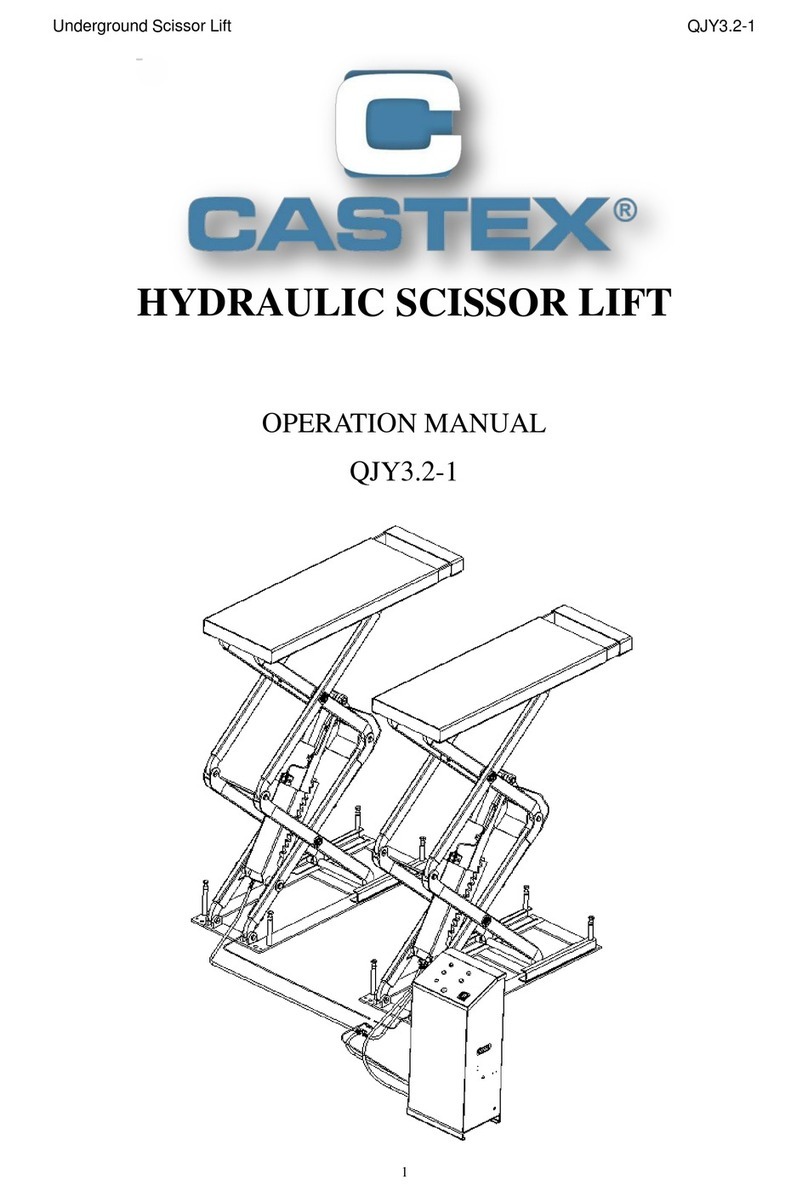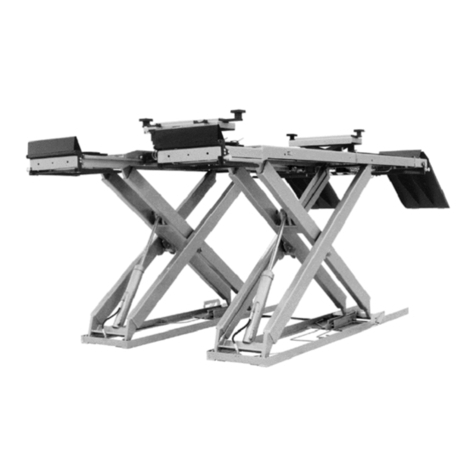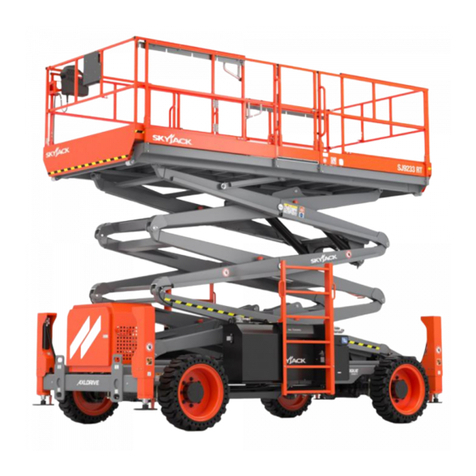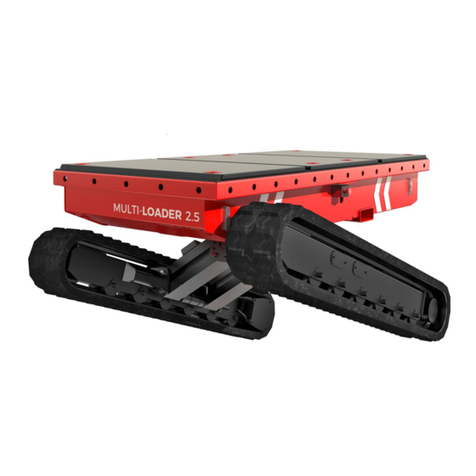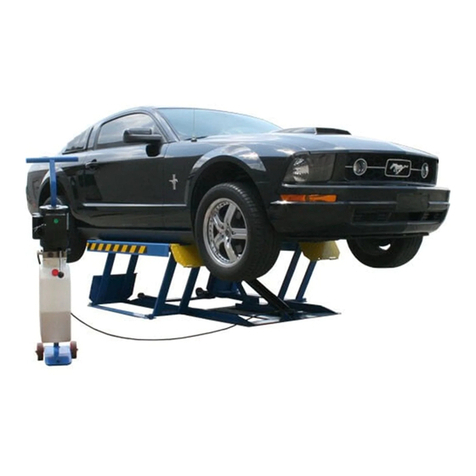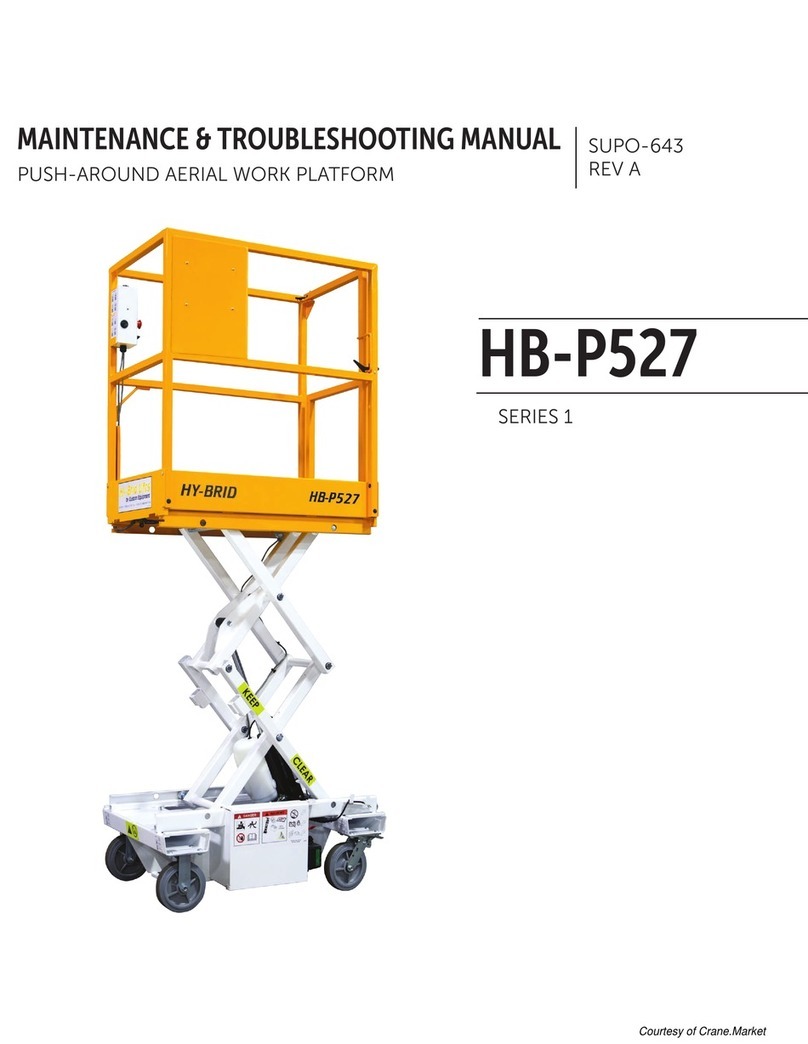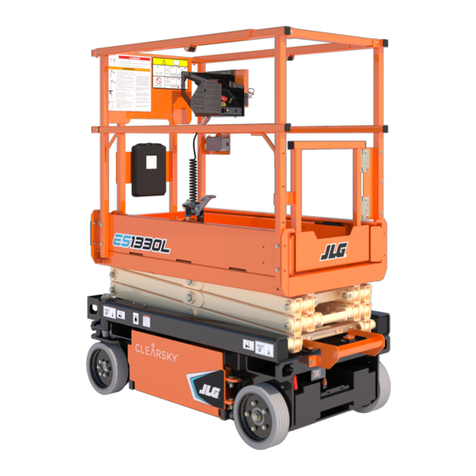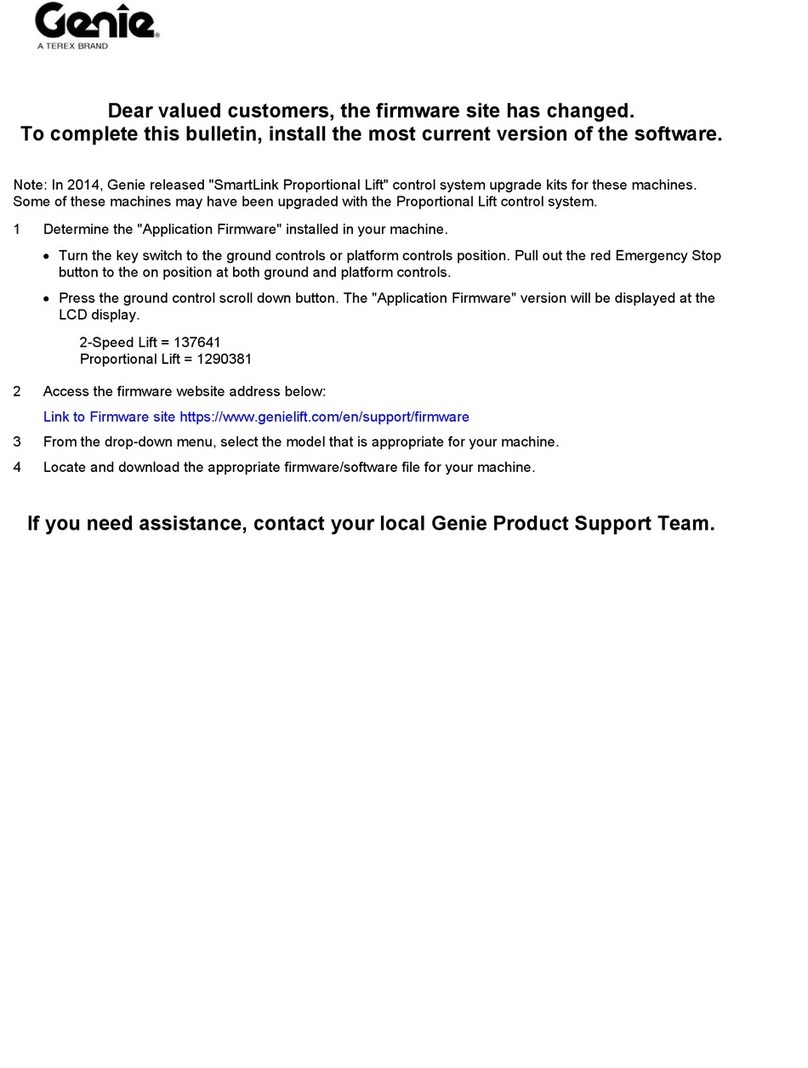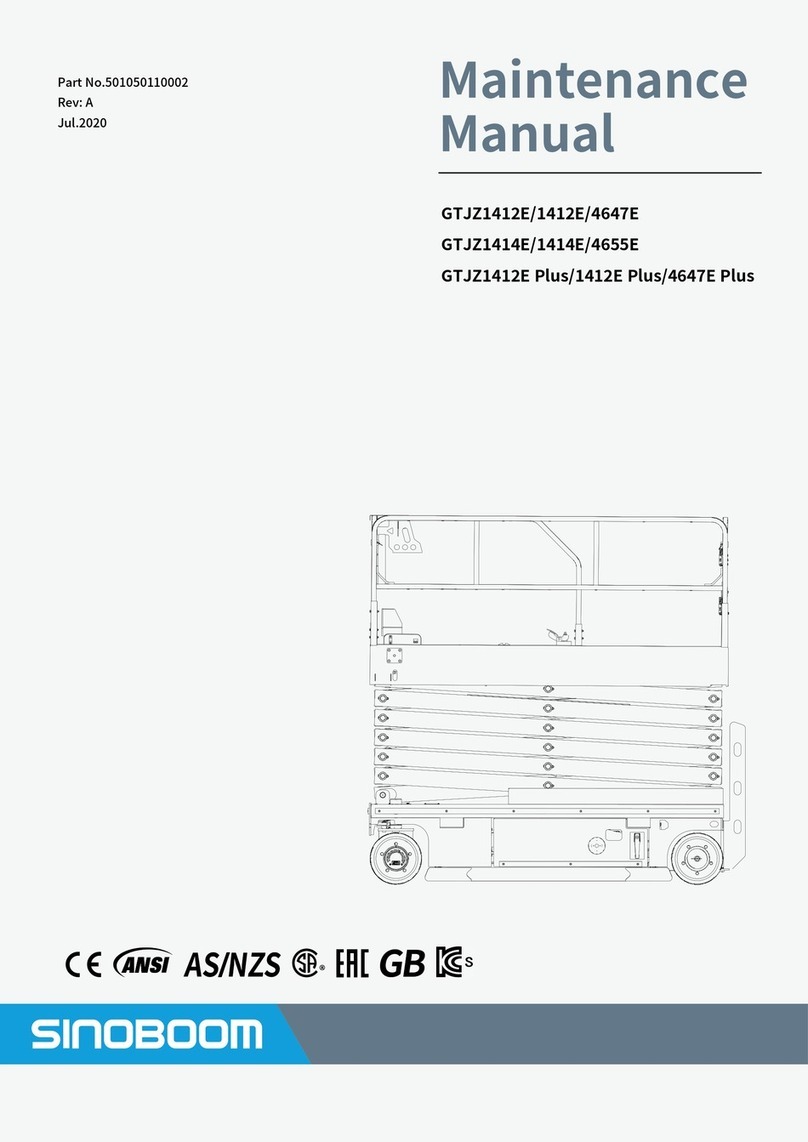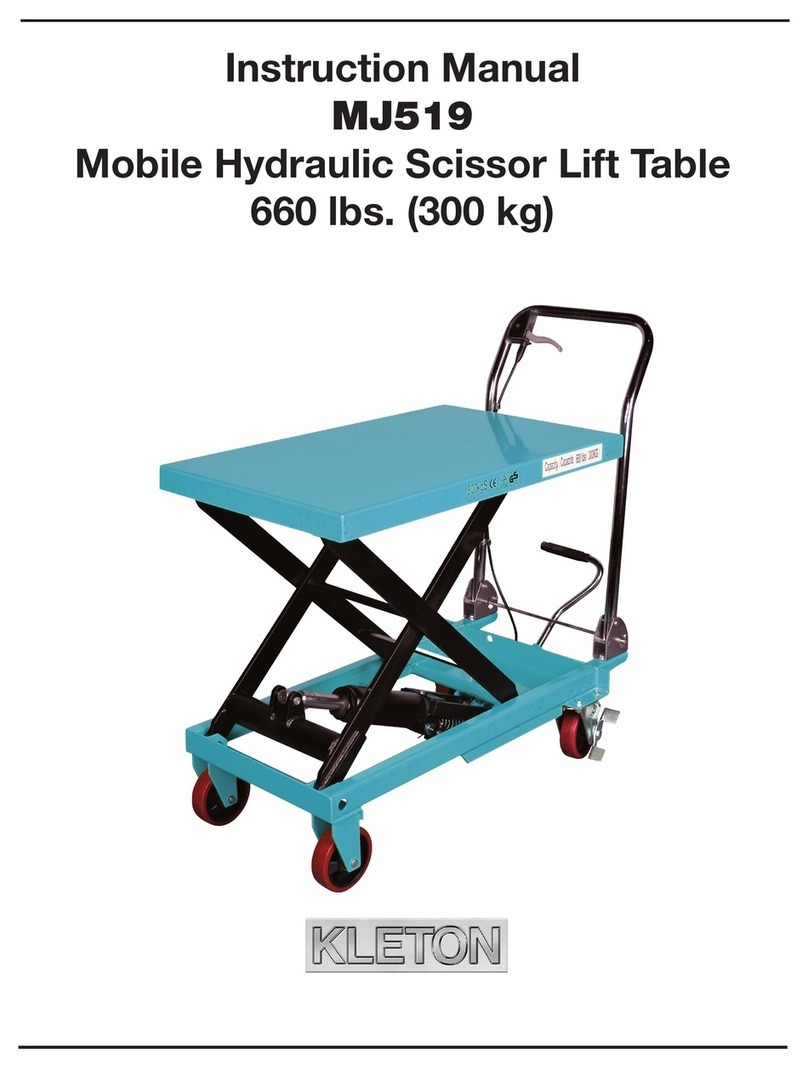Do not use the machine as a crane.
Do not place or attach fixed or overhanging
loads to any part of this machine.
Do not push the machine or other objects with
the platform.
Do not operate the machine with the chassis
trays open.
Do not contact adjacent structures with the
platform.
Do not alter or disable the limit switches.
Do not tie the platform to adjacent structures.
Do not place loads outside the platform
perimeter.
Do not alter or disable machine components
that in any way affect safety and stability.
Do not replace items critical to machine
stability with items of different weight or
specification.
Do not use batteries that weigh less than the
original equipment. Batteries are used as
counterweight and are critical to machine
stability.
The lithium battery: Each battery must weigh
50 kg. (For S06-HAE/ACE, S0608-HAE/ACE,
S0808-HAE/ACE, and S0812-HAE/ACE);
each battery must weigh 62 kg. (For
S1012-HAE/ACE, S1212-HAE/ACE, and
S1412-HAE/ACE).
The lead-acid battery: Each battery must
weigh 28 kg. The batteries must weigh a
minimum of 112 kg. (For S06-HAE/ACE,
S0608-HAE/ACE, S0808-HAE/ACE,
S0812-HAE/ACE); Each battery must weigh
30 kg. The batteries must weigh a minimum of
120 kg (For S1012-HAE/ACE); Each battery
must weigh 37 kg. The batteries must weigh a
minimum of 148 kg (For S1212-HAE/ACE,
S1412-HAE/ACE).
Do not modify or alter an aerial work platform
without prior written permission from the
manufacturer. Mounting attachments for
holding tools or other materials onto the
platform, toe boards or guard rail system can
increase the weight in the platform and the
surface area of the platform or the load.
Do not place ladders or scaffolds in the
platform or against any part of this machine.
Do not transport tools and materials unless
they are evenly distributed and can be safely
handled by person(s) in the platform.
Do not use the machine on a moving or mobile
surface or vehicle.
Be sure all tires are in good condition, air-filled
tires are properly inflated and lug nuts are
properly tightened.
Crushing Hazard
Keep hands and limbs out of scissors.
Keep hands clear when folding rails.
Maintain a firm grasp on the platform rail when
removing the rail pins. Do not allow the
platform guard rails to fall.
Use common sense and planning when
operating the machine with the controller from
the ground. Maintain safe distances between
the operator, the machine and fixed objects.






















